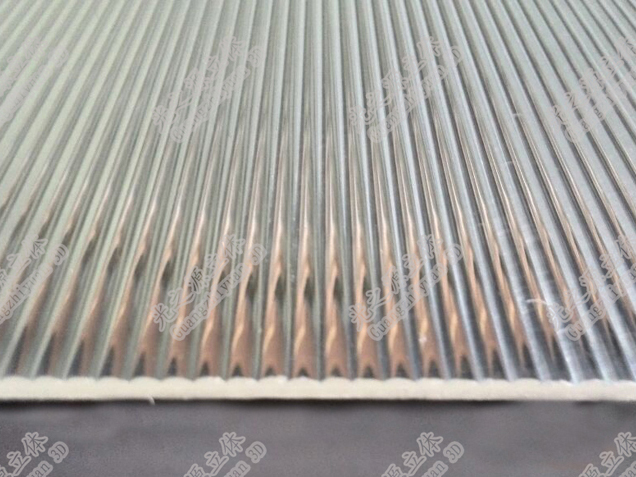Various Materials, LPI, and Thickness of Lenticular Lens

Choosing the appropriate supplies like lenticular lens sheet and procedures along the way is a crucial part of creating a superb lenticular print. The majority of these issues are dealt with behind the scenes, although changing technology and the availability of materials play a significant role in these decisions. But here are some of the tools that make up the lenticular toolbox for those who want a clearer idea of their possibilities or a deeper understanding of physics. Different Materials The three main material types for lenticular plastic sheets—commonly referred to as lenses—are PETG, Acrylic, and Polystyrene. The most common type of lenticular lens used in the United States and Europe is PETG, a strong form of polyester. It is a fantastic option for both commercial and fine art lenticular since it is resistant to impact fractures and breaking. The plastic sheet known as acrylic (PMMA) is used often in everyday life, and acrylic resin has been used to create some ve...

